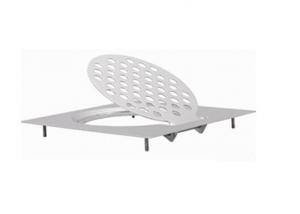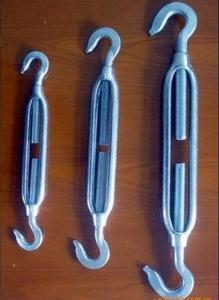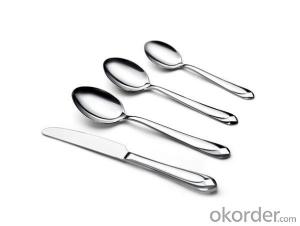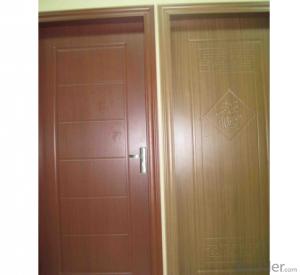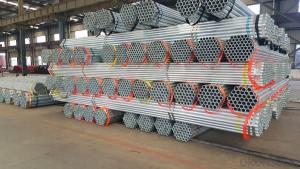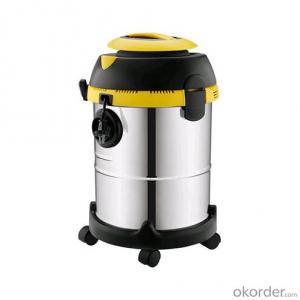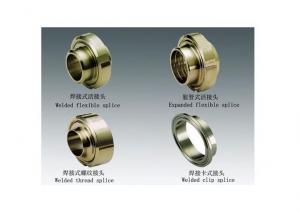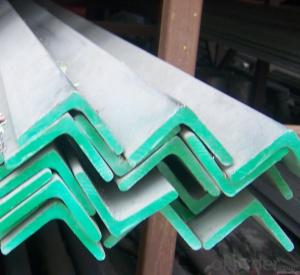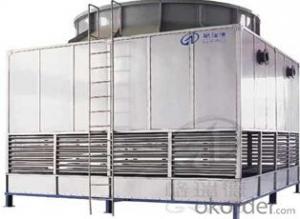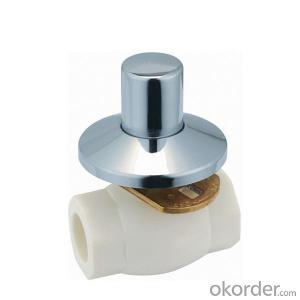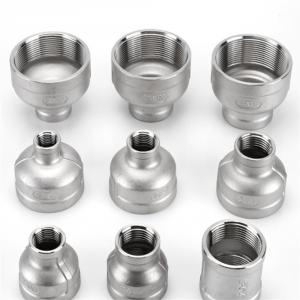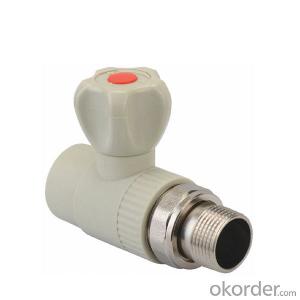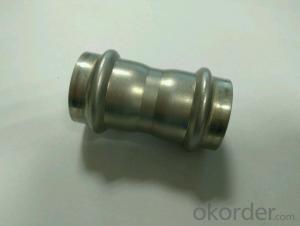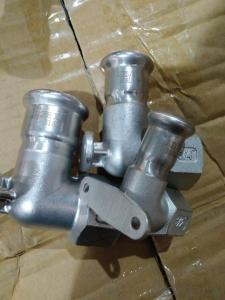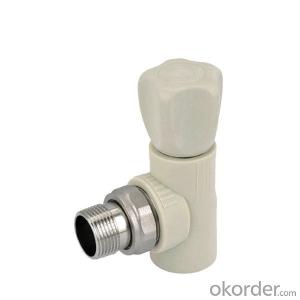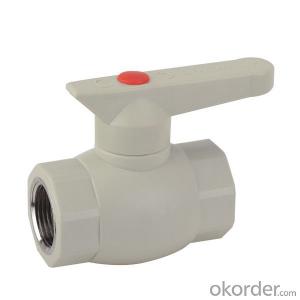Benefits Of Stainless Steel
Benefits Of Stainless Steel Related Searches
Properties Of Stainless Steel Stainless Steel Properties Stainless Steel Uses Stainless Steel Definition Conductivity Of Stainless Steel Cost Of Stainless Steel Buy Stainless Steel Stainless Steel Conductivity Stainless Steel Quality Stainless Steel Cost Best Stainless Steel Stainless Steel Abbreviation Toxicity Of Stainless Steel Price Of Stainless Steel Emissivity Of Stainless Steel Weight Of Stainless Steel Stainless Steel As A Conductor Stainless Steel Storage Stainless Steel Material Price For Stainless Steel Components Of Stainless Steel Stainless Steel Price Stainless Steel Structure Stainless Steel Strength Density Of Stainless Steel Stainless Steel Prices Stainless Steel Tiles Stainless Steel Furniture Type Of Stainless Steel Stainless Steel Magnetic Or NotBenefits Of Stainless Steel Supplier & Manufacturer from China
Stainless steel is a versatile and durable material known for its resistance to corrosion, making it an ideal choice for a wide range of products. Its unique properties, such as low maintenance and high strength, have made it a popular choice in various industries. From kitchen appliances to construction materials, the benefits of stainless steel are evident in numerous applications.The usage scenarios for stainless steel products are vast, as they can be found in both residential and commercial settings. In the kitchen, stainless steel appliances and cookware are preferred for their durability and ease of cleaning. In construction, stainless steel is used for structural components, as well as for roofing and cladding due to its resistance to weathering. Additionally, stainless steel is utilized in the automotive and aerospace industries for its lightweight and high-strength characteristics.
Okorder.com is a reputable wholesale supplier of stainless steel products, offering a large inventory to cater to the diverse needs of customers. With a commitment to quality and customer satisfaction, Okorder.com ensures that the benefits of stainless steel can be enjoyed by a wide array of clients.
Hot Products



